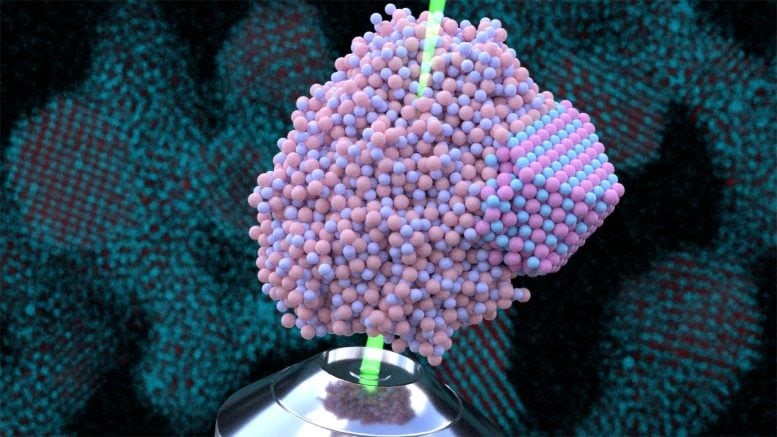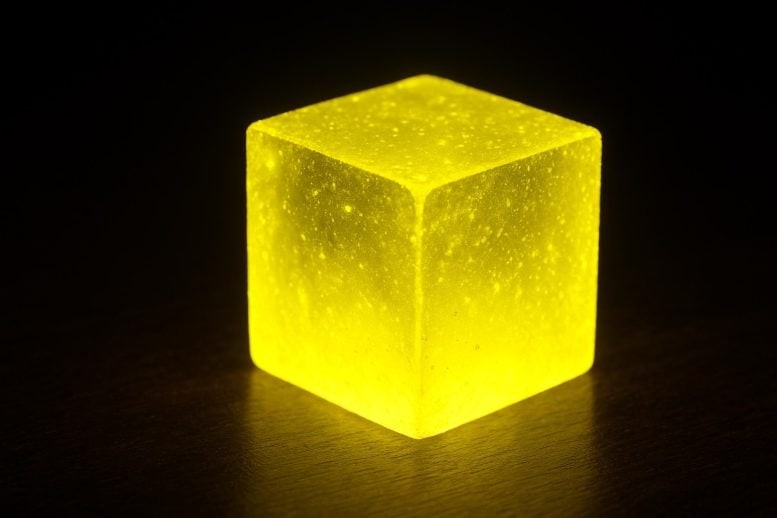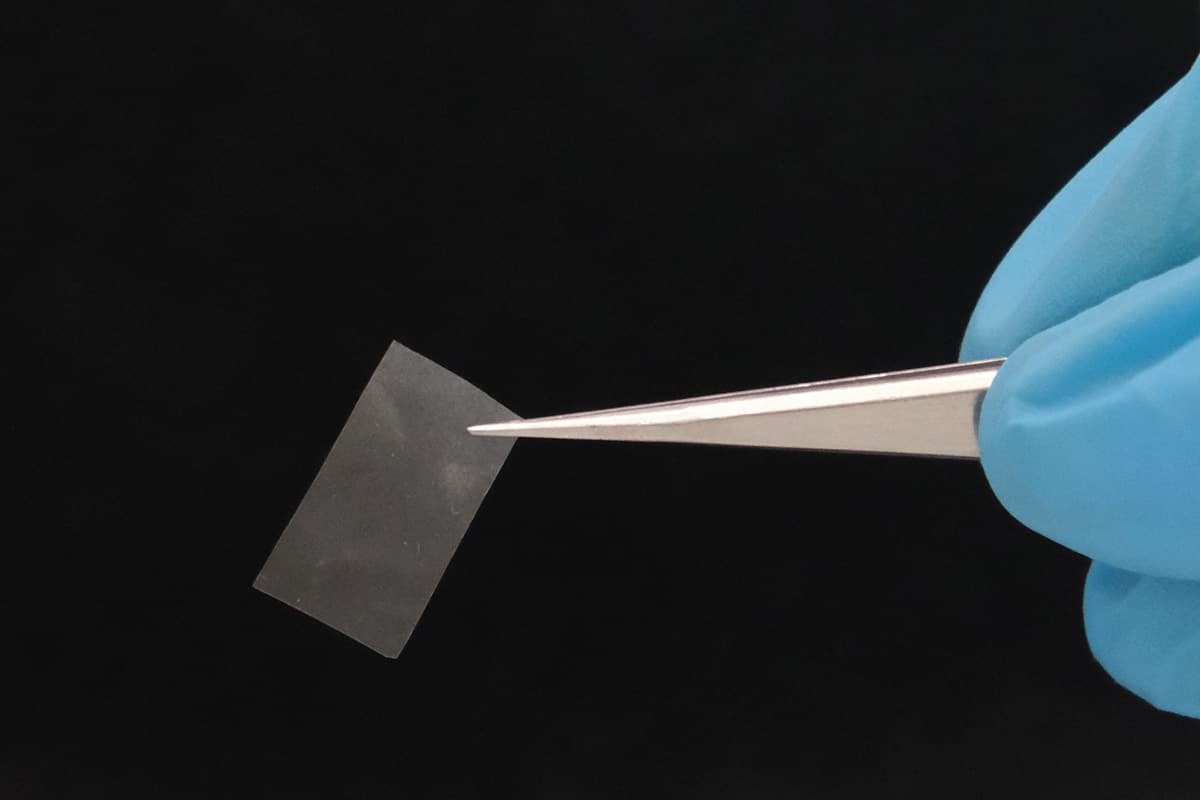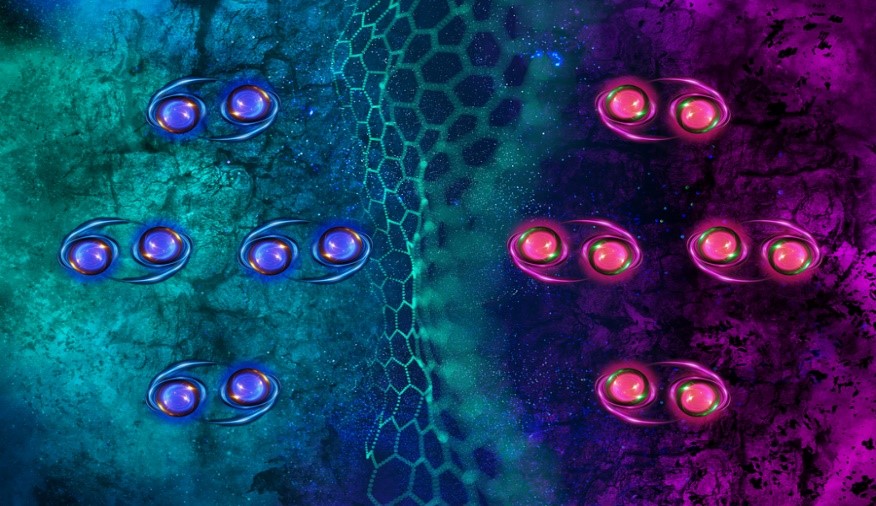“Zangenite” – Scientists Uncover Newly Discovered Hollow Crystal Structure
Order from Chaos
Crystals are solids formed when particles arrange themselves into repeating patterns. Researchers describe this process of self-assembly as “orchestrating order from chaos.” Traditionally, crystal growth was thought to follow a simple, classical model. However, recent studies reveal that crystal formation can occur through more complex and diverse pathways.

Figure 1. “Zangenite” — Scientists Reveal a Newly Found Hollow Crystal Structure.
To investigate crystal formation, some scientists use crystals made of tiny spheres called colloidal particles—much larger than atoms but small enough to model crystal behavior. Figure 1 shows “Zangenite” — Scientists Reveal a Newly Found Hollow Crystal Structure.
“The advantage of studying colloidal particles,” explained Stefano Sacanna, professor of chemistry at NYU, “is that we can observe crystallization at the single-particle level—something very difficult with atoms due to their tiny size and rapid movement. With colloids, we can watch crystals form directly through a microscope.”
A Two-Step Process
To better understand how colloidal crystals form, the researchers performed experiments tracking the behavior of charged colloidal particles under different growth conditions, observing their transition from saltwater suspensions into fully formed crystals. Complementing this, Glen Hocky, assistant professor of chemistry at NYU, led thousands of computer simulations to model crystal growth and explain the experimental findings.
The team found that colloidal crystals develop through a two-step process: first, amorphous clusters of particles condense, then they transform into ordered crystal structures. This pathway produces a wide variety of crystal types and shapes.
An Unexpected Discovery
During the experiments, PhD student Shihao Zang encountered a rod-shaped crystal that defied identification. At first glance, it resembled a previously known crystal from the lab, but closer inspection revealed a unique particle arrangement, with hollow channels running through its tips. Zang compared this mysterious structure against over a thousand naturally occurring crystals but found no match.
Turning to Glen Hocky’s computer simulations, the team recreated an identical crystal, allowing them to examine its unusual elongated, hollow form in even greater detail.
“This was puzzling because crystals are typically dense,” said Hocky, who is also a faculty member at NYU’s Simons Center for Computational Physical Chemistry. “But this one contained empty channels extending along its entire length.”
“Through this synergy of experiments and simulations, we realized this crystal structure had never been observed before,” added Sacanna.
The team officially named the newly discovered crystal L3S4, reflecting its composition. However, they began informally calling it “Zangenite” during lab meetings, in honor of Shihao Zang, the student who discovered it—and the nickname quickly caught on.
The discovery of Zangenite opens new possibilities for exploring hollow, low-density crystals and could lead to the identification of other previously unknown crystal structures.
“The channels inside Zangenite resemble features in materials used for filtering or trapping substances,” explained Hocky.
“Until now, we believed discovering new crystal structures would be rare, but we may find many more that have yet to be characterized,” added Sacanna.
More broadly, gaining a deeper understanding of crystal formation could drive advances in developing new materials—such as photonic bandgap materials essential for lasers, fiber-optic cables, solar panels, and other technologies that manipulate or harvest light.
Source: SciTECHDaily
Cite this article:
Priyadharshini S (2025), Zangenite” – Scientists Uncover Newly Discovered Hollow Crystal Structure, AnaTechMaz, pp. 212







